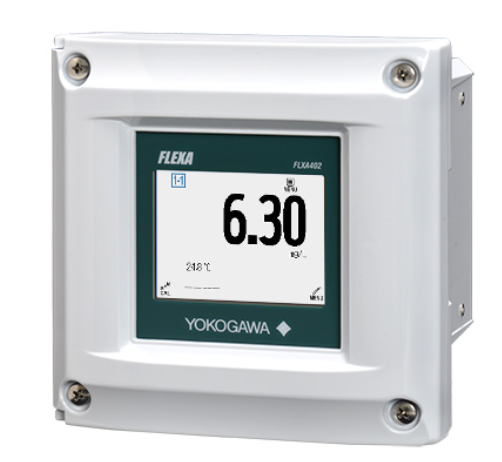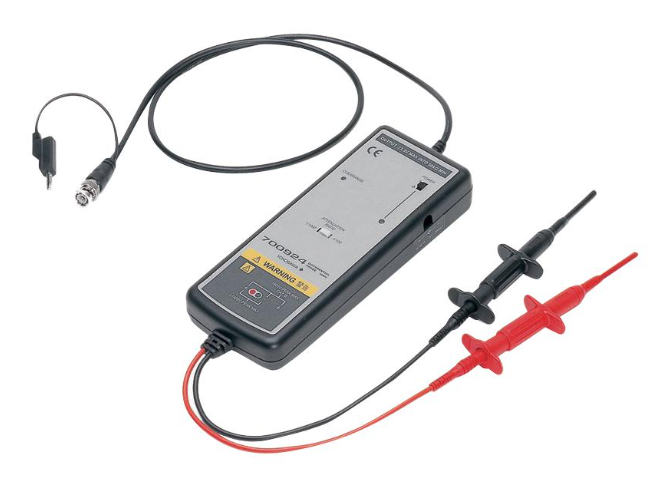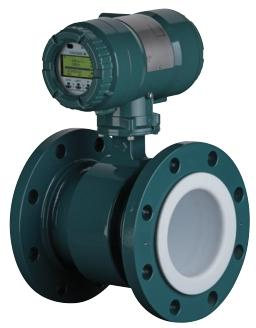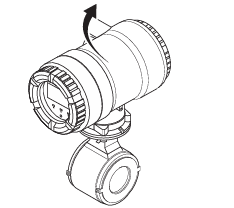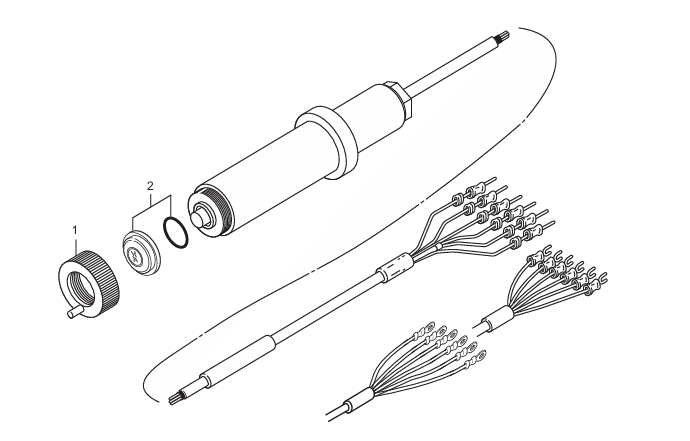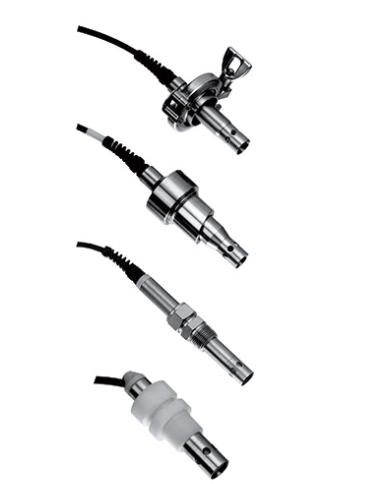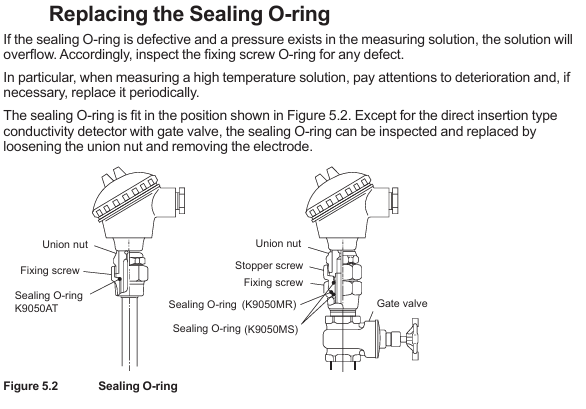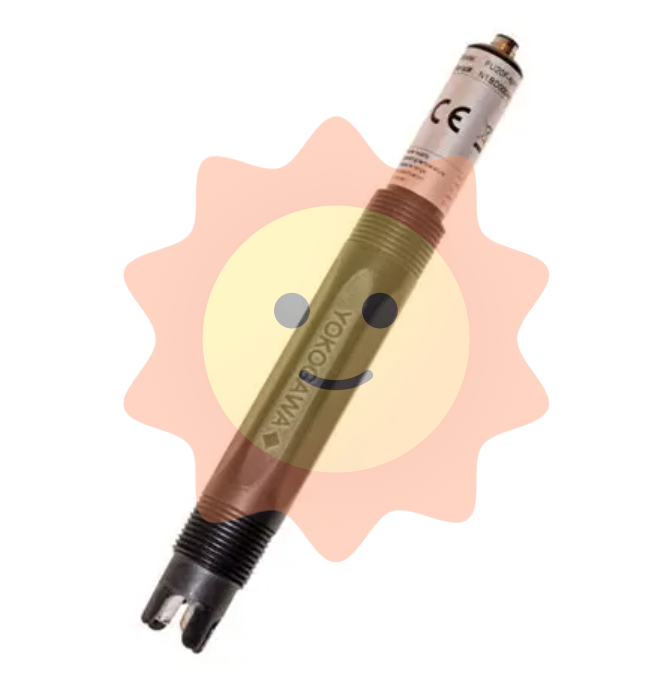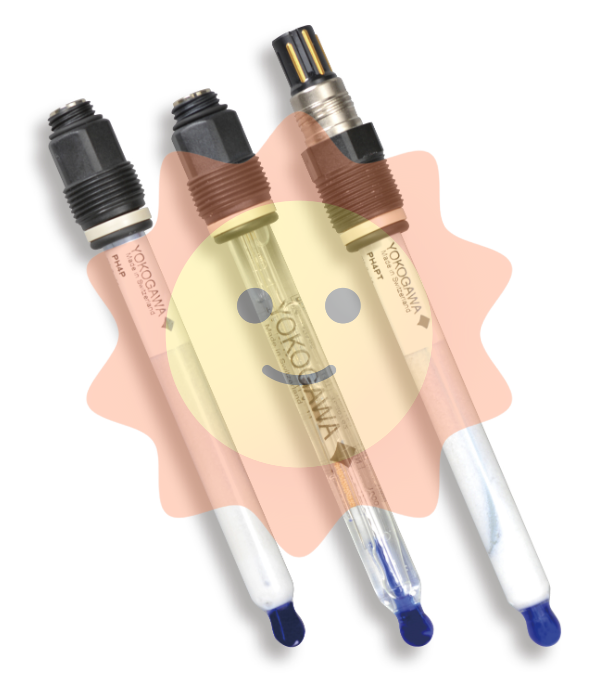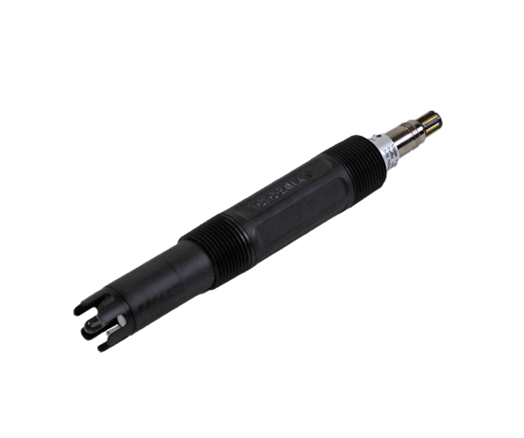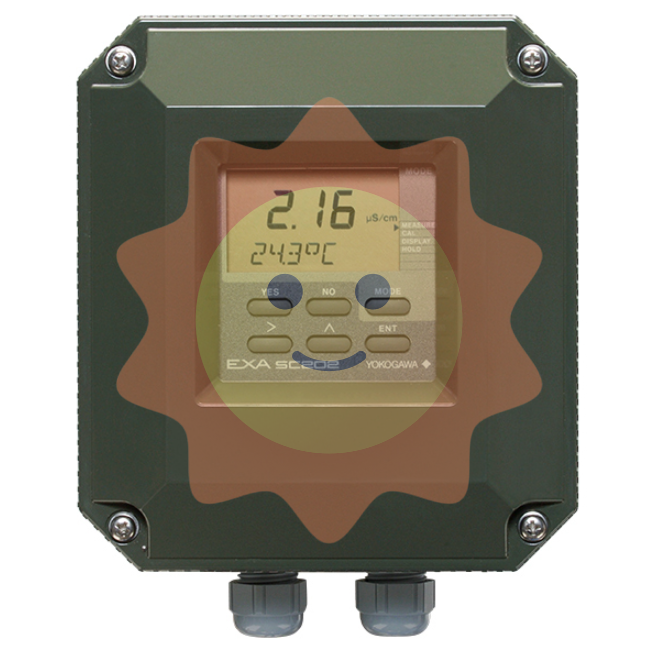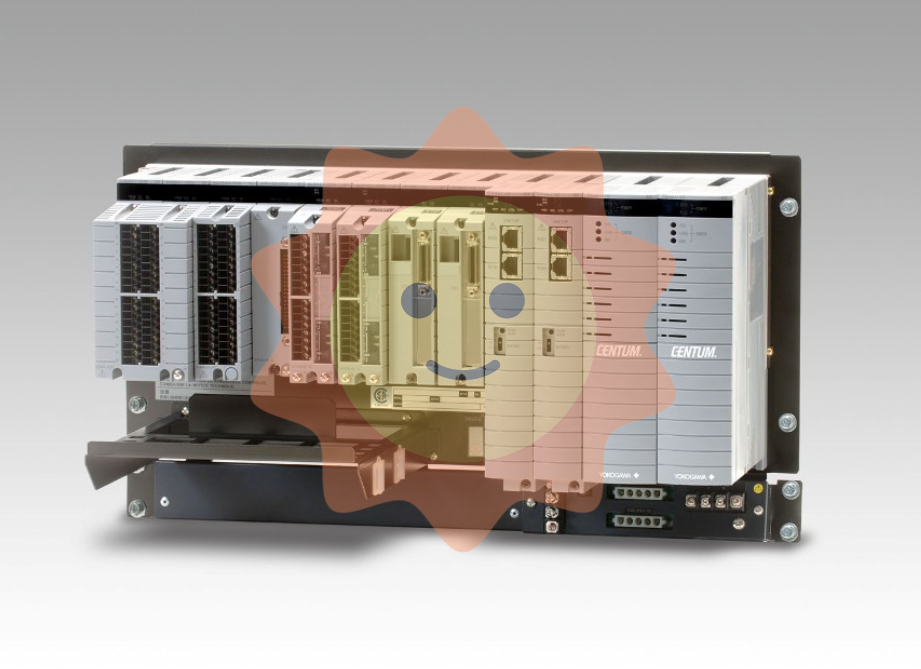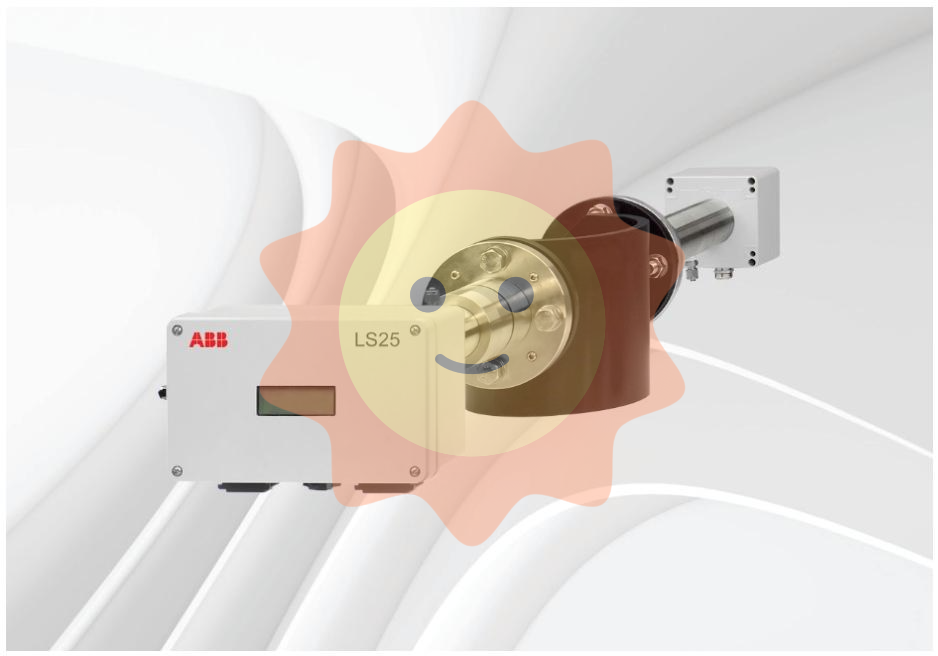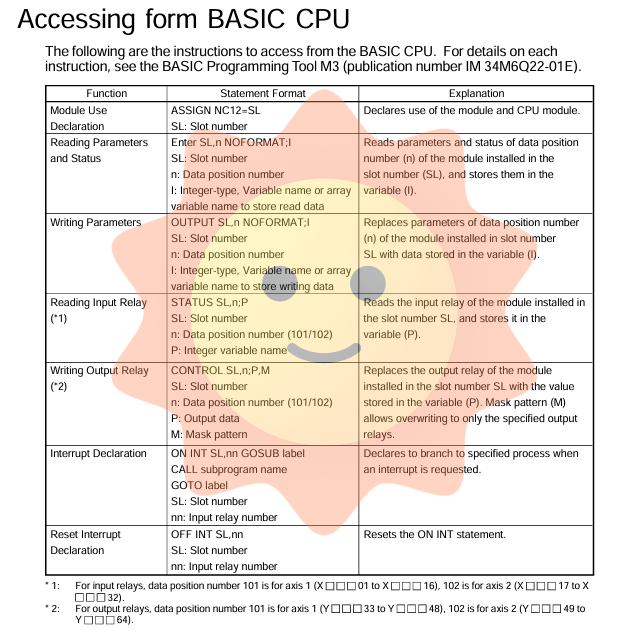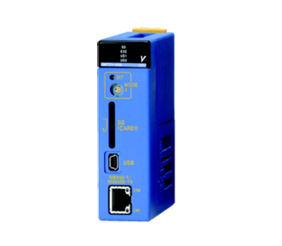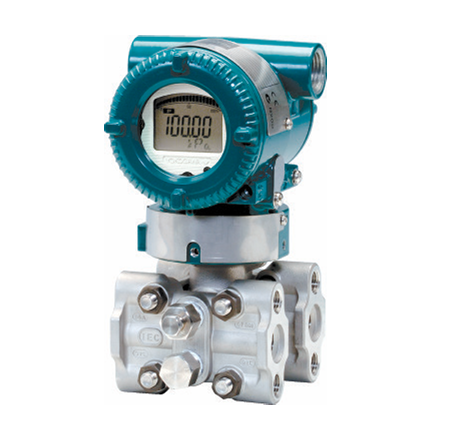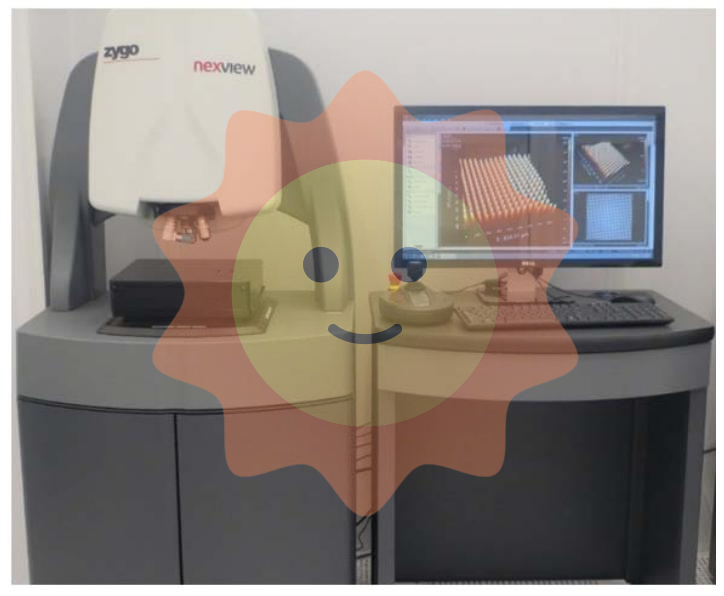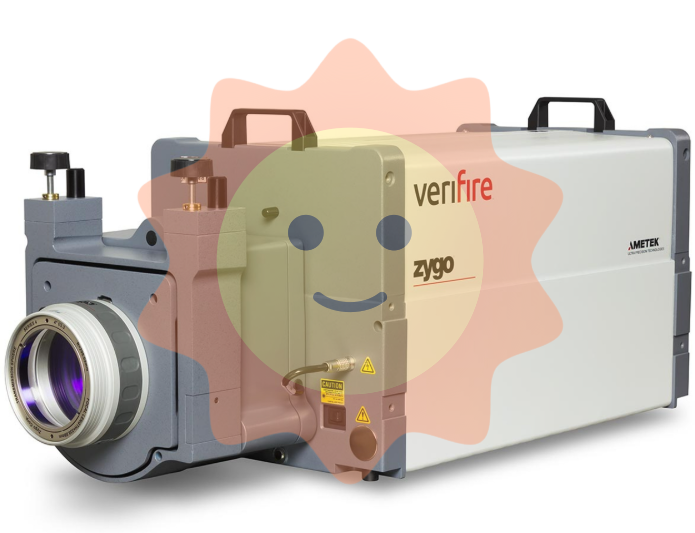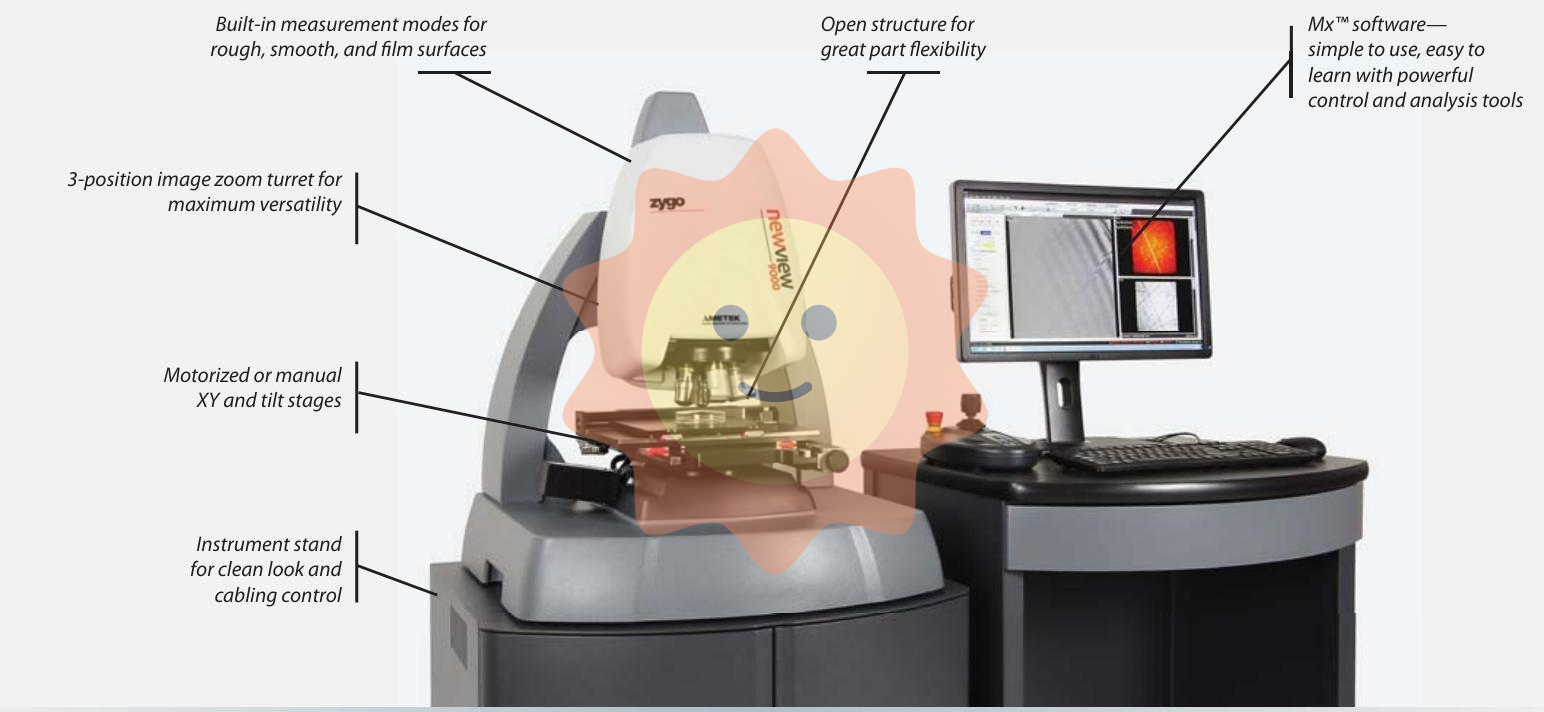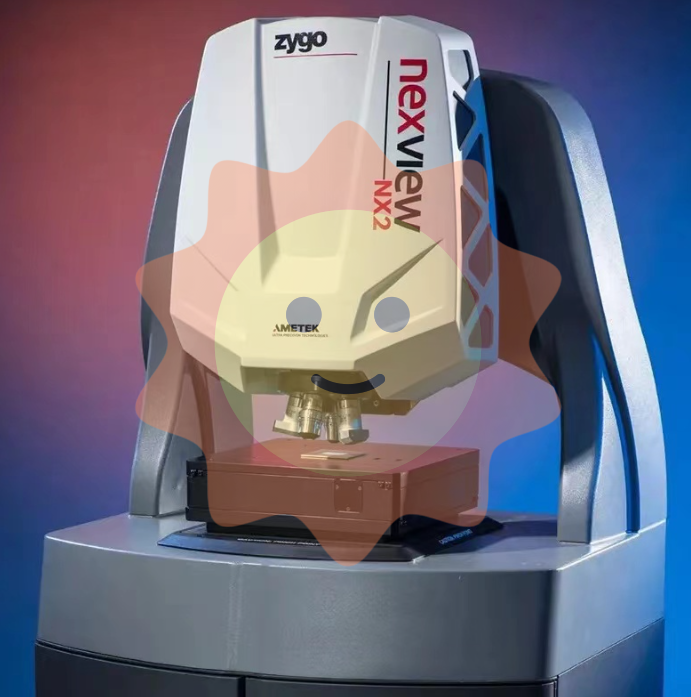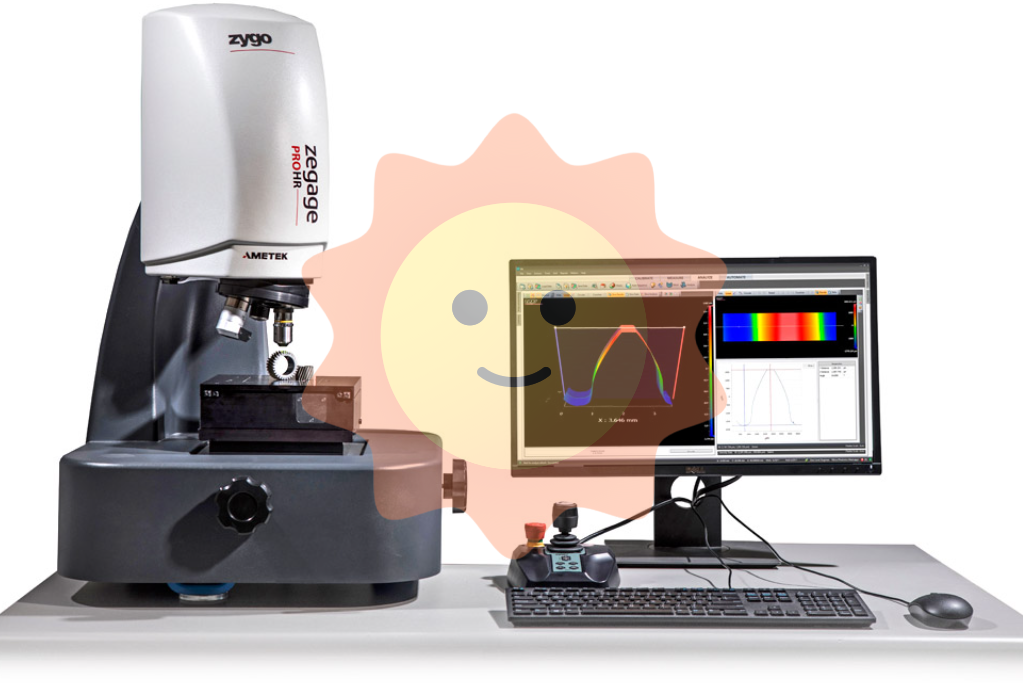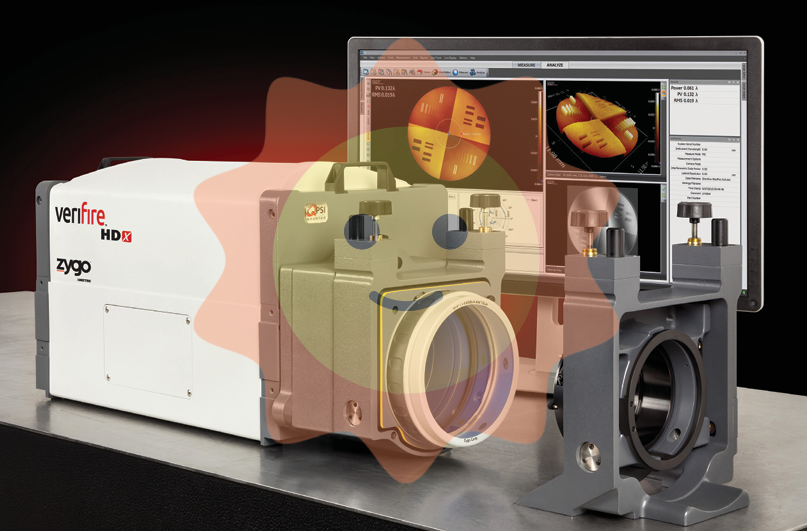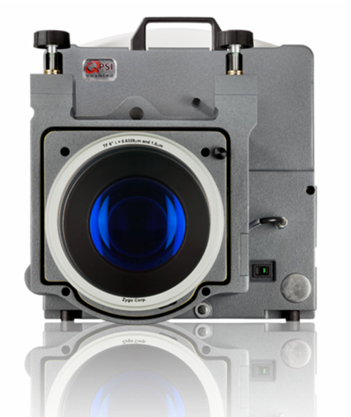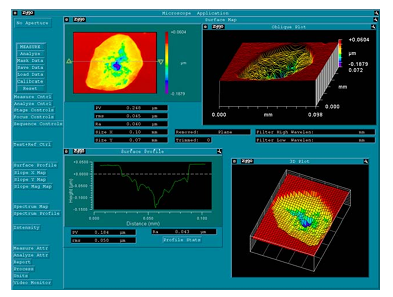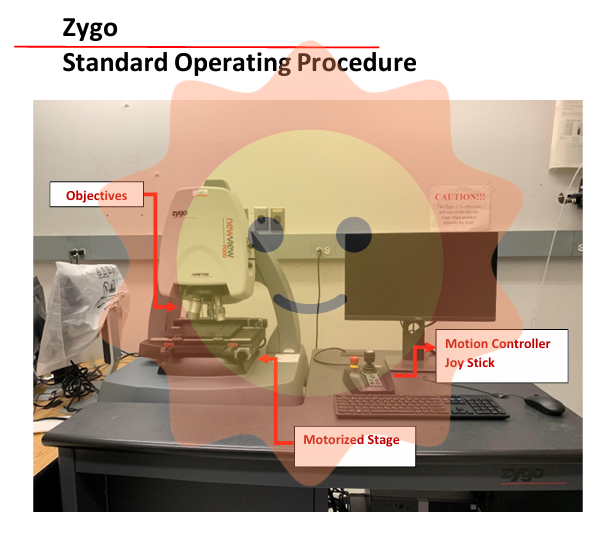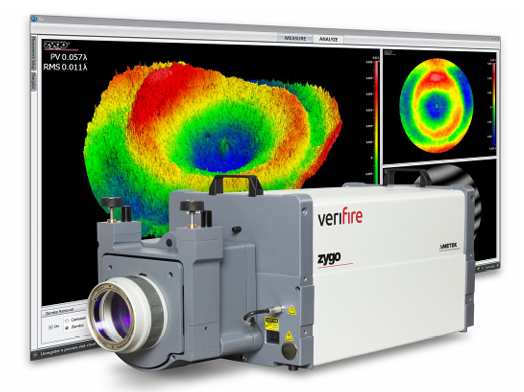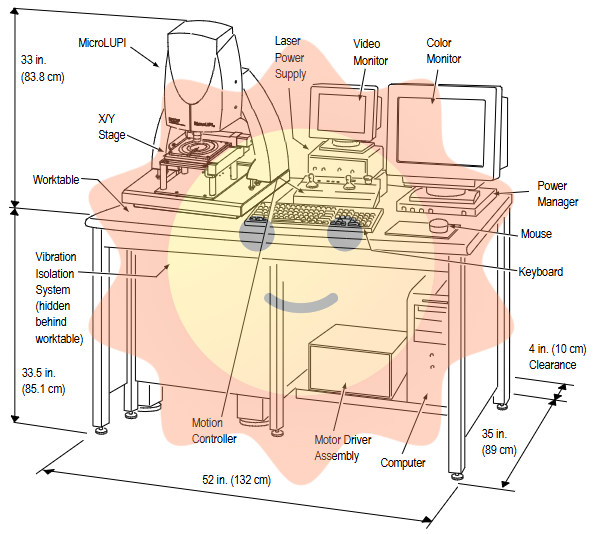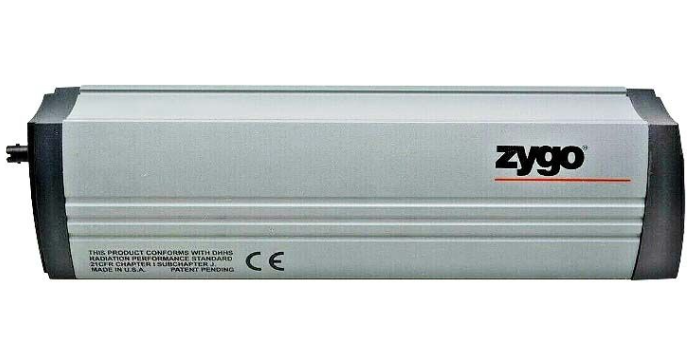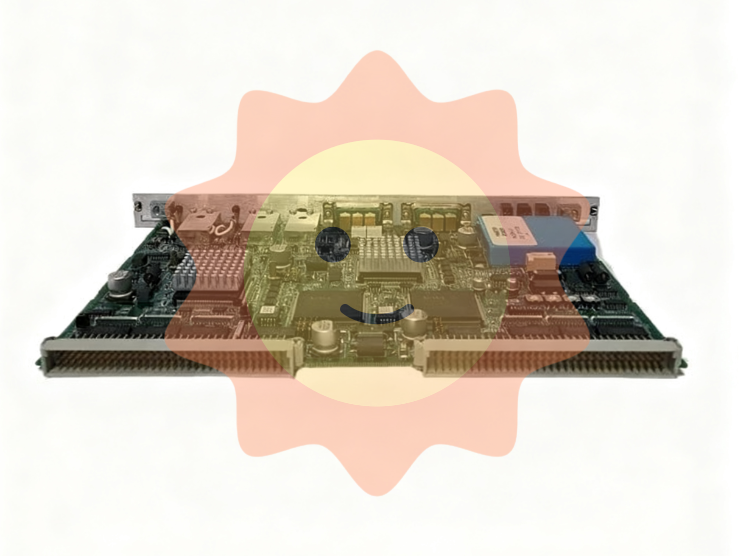The ABB 216NG61A HESG441633R1 HESG216875/K main control board is the core control unit in ABB industrial automation equipment, responsible for key tasks such as instruction parsing, data processing, equipment coordination, and fault diagnosis. It is widely used in ABB ACS series frequency converters, DCS control systems, industrial robot control cabinets, and other equipment. As the "brain" of the device, the main control board integrates high-performance processors, memory, communication interfaces, and input/output control modules, which can receive various signals from sensors, operation panels, and upper systems in real time. After processing, it outputs precise control instructions to drive the execution of the mechanism, ensuring the orderly and efficient operation of the entire automation system.
ABB 216NG61A HESG441633R1 HESG216875/K main control board
Product Overview
The ABB 216NG61A HESG441633R1 HESG216875/K main control board is the core control unit in ABB industrial automation equipment, responsible for key tasks such as instruction parsing, data processing, equipment coordination, and fault diagnosis. It is widely used in ABB ACS series frequency converters, DCS control systems, industrial robot control cabinets, and other equipment. As the "brain" of the device, the main control board integrates high-performance processors, memory, communication interfaces, and input/output control modules, which can receive various signals from sensors, operation panels, and upper systems in real time. After processing, it outputs precise control instructions to drive the execution of the mechanism, ensuring the orderly and efficient operation of the entire automation system.
Relying on ABB's rigorous industrial design standards, the main control board adopts anti-interference circuit layout and high reliability components, which can work stably in industrial sites with high temperature, high vibration, and strong electromagnetic interference. Its complete self diagnosis and fault tolerance mechanism can effectively improve the operational reliability of equipment, reduce unplanned downtime, and is a key component to ensure the continuity of industrial production.
Core functions and technical features
2.1 Core Functions
-High speed instruction processing: Equipped with a 32-bit industrial grade RISC processor with a main frequency of ≥ 200MHz, it supports multitasking parallel processing and can quickly parse control instructions from the upper system (such as speed setting, operation mode switching, etc.), with an instruction response time of ≤ 1ms, ensuring real-time device control.
-Data acquisition and computation: Equipped with a high-precision analog acquisition module (16 bit AD conversion) and a digital input interface, it can real-time collect operating parameters such as voltage, current, temperature, and speed. Through built-in algorithms, it can perform PID regulation, load distribution, energy optimization, and output precise control signals.
-Multi device collaborative control: With rich communication interfaces, it supports seamless integration with peripheral devices such as power modules, I/O expansion units, operation panels, sensors, etc., achieving multi component collaborative work. At the same time, it supports data interaction with upper level SCADA systems and PLCs, and integrates into factory level automation networks.
-Comprehensive fault diagnosis and protection: Equipped with a comprehensive fault detection algorithm, it can monitor the operating status of its own circuit (such as power supply, memory, communication interface) and peripheral devices (such as power devices, motors) in real time. When overcurrent, overvoltage, overheating, communication interruption and other faults are detected, the protection mechanism (such as shutdown, alarm) is immediately triggered and fault information is recorded.
-Parameter storage and system configuration: Equipped with a large capacity non-volatile memory (Flash ≥ 8MB), it can store device operating parameters, control logic programs, fault logs, and other data for a long time. It supports parameter backup and recovery, and even in the event of a power outage, critical information will not be lost, making it convenient for device maintenance and debugging.
2.2 Technical Features
-High reliability design: The core circuit adopts gold-plated pins and triple anti coating treatment, which is resistant to moisture, corrosion, and vibration. It has passed the IEC 60068-2 series environmental testing, with a working temperature range of -25 ℃~+70 ℃ and an average time between failures (MTBF) of over 100000 hours.
-Strong anti-interference performance: Complies with the EN 61000-6-2 industrial anti-interference standard, has EMC level three protection capability, and is designed through power filtering, signal isolation, grounding optimization, etc. to resist electromagnetic radiation and conducted interference in industrial sites, ensuring the stability of data processing and instruction output.
-Flexible Scalability: Adopting a standardized slot design, it supports hot plugging of I/O expansion modules and communication expansion modules (some models), and can flexibly increase the number of input and output points, expand communication protocols, and adapt to automation systems of different complexities according to device control requirements.
-Convenient debugging and maintenance: The onboard debugging interface and status indicator light support online programming, parameter configuration, and fault diagnosis through ABB dedicated debugging software (such as DriveCom, Control Builder), and maintenance work can be completed without disassembling the equipment.
Key technical parameters
parameter category
Specific parameters
Instructions
Model identification
216NG61A HESG441633R1 HESG216875/K
216NG61A is the core model, and the latter two are component codes and batch information
Processor configuration
32-bit RISC processor, clock speed 200MHz, 1 coprocessor
Support floating-point operations and multitasking
storage capacity
RAM:512KB; Flash:8MB; EEPROM:64KB
EEPROM is used to store key parameters without loss during power outages
Input/output interface
Analog input: 4 channels (4-20mA/0-10V); Digital input: 16 channels (24V); Digital output: 8 channels (relay/transistor)
Support input signal filtering and output signal isolation
communication interface
RS485 interface: 2 channels; Ethernet interface: 1 channel (10/100Mbps); CANopen interface: 1 channel
Supports protocols such as Modbus, Profinet, EtherNet/IP, etc
working power supply
DC 24V±15%; Power consumption: ≤ 15W
Equipped with overvoltage, undervoltage, and reverse connection protection functions
isolation level
Input/output circuit and power circuit: 2500Vrms/1min
Compliant with IEC 61010-1 safety standard
Installation method
Installation of internal guide rails/screw fixation of equipment
Dimensions: 180mm x 120mm x 35mm (length x width x height)
Adaptive device
ABB ACS800/ACS880 series frequency converters, AC500 series PLC expansion units
Compatibility needs to be confirmed based on specific device models
Applicable scenarios and typical applications
This main control board, with its powerful control capability and high adaptability, is widely used in various industrial automation equipment and systems. Typical scenarios include:
1. Industrial transmission system: As the main control unit of ABB ACS800/ACS880 series high-voltage frequency converters, it is responsible for receiving speed commands from the upper system, collecting parameters such as motor current, voltage, and speed, and controlling the output of the power module through PID adjustment algorithm to achieve precise speed regulation and energy-saving operation of the motor. It is applied to transmission equipment such as fans, water pumps, and conveyor belts.
2. Process control system: In DCS control systems in industries such as chemical, petroleum, and pharmaceutical, as the core component of on-site control stations, it collects process parameters such as reactor temperature, pressure, and liquid level, executes control logic, and outputs instructions to adjust actuators such as valves and pumps, ensuring the stability and accuracy of the production process.
3. Industrial robot control: In the control cabinet of ABB IRB series industrial robots, it is responsible for parsing motion instructions, coordinating the actions of various joint motors, collecting signals such as robot position and torque, achieving precise positioning and smooth motion of the robot, and applying them to automated production lines such as automotive welding and electronic assembly.
4. Power equipment control: In the automation equipment of substations and distribution systems, responsible for monitoring grid parameters (voltage, current, power factor), controlling the actions of circuit breakers, isolating switches and other equipment, achieving remote control and fault protection of power equipment, and improving the operation and maintenance efficiency of power systems.
5. Metallurgical and building materials equipment: In large equipment such as steel mills in steel plants and rotary kilns in cement plants, it serves as the main control unit to coordinate the collaborative work of multiple motors and actuators, collect parameters such as equipment load and temperature, avoid equipment overload operation, and ensure the continuity of production processes and product quality.
Installation and usage precautions
5.1 Installation specifications
-Before installation, it is necessary to confirm that the main control board model matches the equipment model completely. Check that the circuit board is not deformed, the pins are not bent or oxidized, the components are not detached or damaged, and the matching connectors and screws are complete.
-The installation location should be far away from high-power heating devices such as power modules and transformers, ensuring a distance of ≥ 10cm from surrounding components. The internal ventilation of the equipment should be good, and if necessary, a cooling fan should be installed to prevent high temperatures from affecting the performance of the board.
-When plugging or unplugging the board, the main power supply of the device should be cut off first, and an anti-static wristband should be worn to avoid damage to the integrated circuit on the board caused by human static electricity; When inserting, align with the slot guide rail, smoothly advance, ensure good contact of the connector, and prohibit forced insertion and removal.
-When wiring, it is necessary to strictly distinguish power, signal, and communication lines according to the wiring diagram. Power lines and signal lines should be wired separately, and communication lines should be shielded and grounded at one end to avoid electromagnetic interference causing abnormal data transmission.
5.2 Key points of use and maintenance
-Before the first power on, it is necessary to use a multimeter to check the input power voltage and polarity, confirm that they meet the requirements of DC 24V ± 15%, and avoid overvoltage or reverse connection that may damage the power circuit; After powering on, observe whether the onboard power indicator light (usually green) is constantly on. If not, report to the police for further action.
-When configuring parameters through debugging software, it is necessary to first backup the original parameters of the device, and after modification, perform parameter verification and solidification to avoid parameter errors that may cause abnormal device operation; Different operating modes require calling corresponding parameter groups to ensure that the parameters match the operating conditions.
-During operation, it is necessary to regularly check the onboard status indicator light. If the fault indicator light (usually red) lights up, the machine should be stopped immediately and the fault code should be read through debugging software. After investigating the cause of the fault, the device should be restarted to avoid the fault expanding.
-Regularly clean the interior of the equipment, with a focus on removing dust and debris from the surface of the main control board. During cleaning, power should be turned off and dry brushes or compressed air should be used. Wet cloths or liquid cleaning agents are prohibited to prevent short circuits on the circuit board.
-During equipment maintenance, it is necessary to first cut off the power supply and make safety signs. It is prohibited to plug in or unplug the main control board or modify the wiring while it is powered on; After replacing the main control board, it is necessary to re import the backup parameters and conduct functional testing to ensure that the device is running normally.

- User name Member Level Quantity Specification Purchase Date
- Satisfaction :
-









Email:wang@kongjiangauto.com

